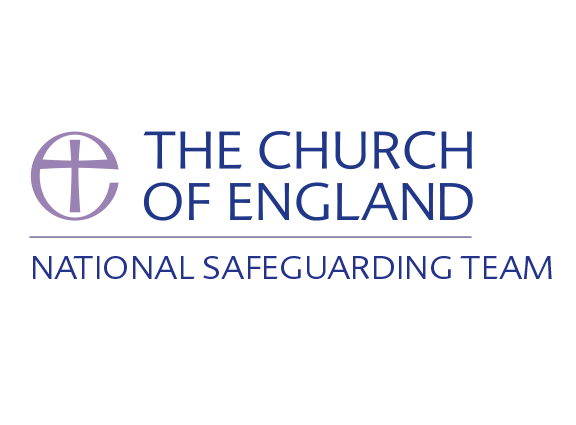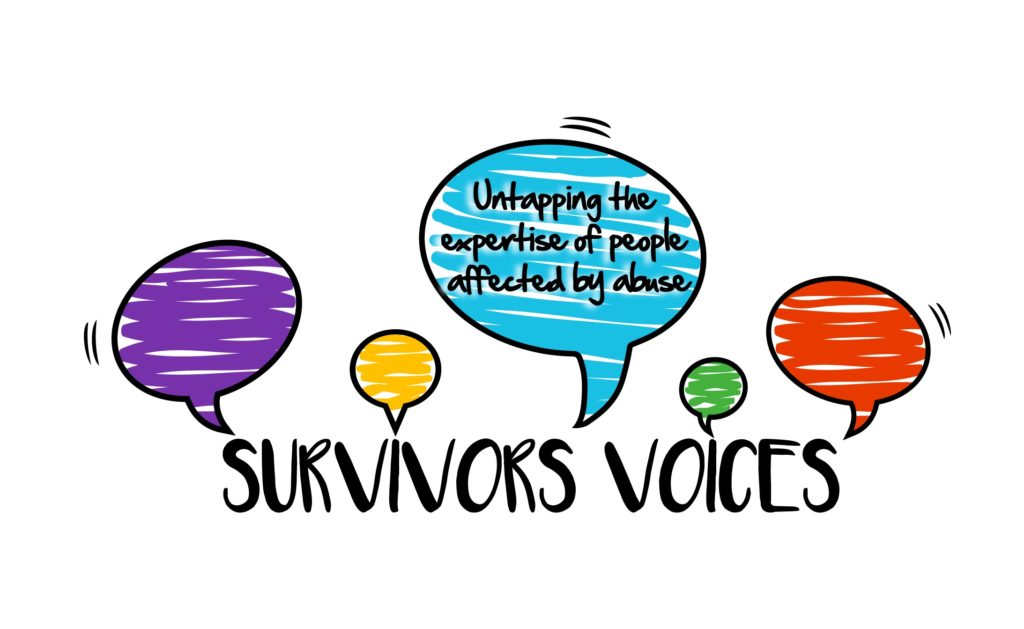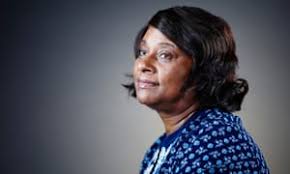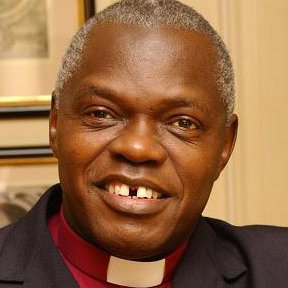
Every once in a while, I ask myself the question as to why I write a blog. Among the answers that come back to me, some indicate that there may be some selfish reasons; others indicate a more altruistic motive. The writing that I enjoy doing helps me to clarify ideas that I have in my head and allow them to be out there for scrutiny by others. As a clergyman all my working life, I always had the privilege of teaching the faith while at the same exploring out loud ideas about God and the state of the Church. Preaching regularly is not something I do now, so the sharing and exploring of ideas has to be done in this format. Writing a blog may well be somewhat self-indulgent, but it does exercise the same parts of the brain that used to be used to write sermons.
A second reason for blogging is that it has created for me quite a substantial online social life as well as a pastoral role. After years of being in charge of parishes, the role of the retired clergyman is quite different. This online world of blogging allows me to make contact with complete strangers. Although I never get to meet them in the flesh, these contacts are fascinating and rewarding. Some people complain that being open to online communication from all and sundry opens you up to ‘trolling’ and other unpleasant interactions. So far, I have managed to avoid anything that would make me want to run away from giving my email to anyone who wants to get in touch. The contacts I make, because they are made on the basis of a common interest in the themes of the blog, are always interesting. People write to me with their stories. Sometimes I respond by email, sometimes by phone. Stories of bullying, abuse or control are of course widespread and there is very little I can do to help beyond listening. The task of being a listener is of course what I as a clergyman have been used to doing over the years. The situation of retirement means that I perhaps do now have a different perspective on power issues, backed up by my reading and current exposure to the safeguarding scene right across the country. What people seem to value is my complete independence from the structures. I have learnt very strongly that being part of a structure, whether diocese, national church or safeguarding committee, can have a detrimental or negative effect on the individual. It can make the task of preserving complete integrity when dealing with survivors of abuse or bullying quite difficult. Working for an organisation, which demands your complete loyalty as well as making you obey a line manager or boss. can create severe problems for the integrity of many people today. The particular group who seem to suffer the most in this area are those at the top of our Church, the house of bishops. Speaking generally, I am sensing that the church has become sometimes a toxic environment for many of those who ‘manage’, whether a diocesan or at national level. They have to follow the instructions of others, the impression managers, the communication officers and others who control things behind the scenes.
Recently the focus of this blog has been dictated by the topics in the news. Sexual abuse of minors and cover-ups by senior churchmen are obviously important topics and they need a commentary such as those provided by this blog. The central concern of this blog has never in fact been about sexual misbehaviour. It is about power in the church. In a wakeful moment last night, I came up with an eight-word description of what this blog is really about. It is about ‘power, its use and abuse in the Church’. One of the biggest problems that I have discovered in studying power issues is that there is little proper awareness of how the phenomenon of power functions in an institution like the Church. A failure to understand the nature of this power is a failure that allows it to be far more dangerous and harmful. Of course, power has to exist but it does not have to be so hidden and unacknowledged where it can wreak so much more havoc. At every level of the church, power processes are at work. Whether it is a PCC of six people in a small village or the Anglican House of Bishops there are always ‘games’ taking place. The problem about these power games is that those involved are often completely unaware that they are taking place. The moment that the dynamics of this power are exposed, their power to harm individuals can decrease dramatically. Suppose a Vicar is challenged by an older parishioner for bullying the organist, his interjection may at first be met with fury. But if the parishioner gives a calm analysis of the situation, citing knowledge of issues on both sides of the dispute, the temperature of the dispute may be quickly reduced. As long as power disputes are only ‘fought’ by rival factions, heat but very little light is visible. The Church needs to train itself far better to forensically dissect power problems that take place all the time. Individuals need to be confronted with the human tendency to dominate and control whether as bishop, Vicar or church warden. Bullying, grooming or dominating in a variety of ways are all examples of power play that goes on everywhere. When it becomes normalised and cannot be called out, then it is set to make a church or whatever organisation toxic for years, even decades.
Where this blog makes a claim to rise above the selfish need of its editor to articulate opinions and prejudices, it is in this act of calling out power games. Naming abuse when it occurs is an important social function. People who write to me sometimes express pleasure that they have now found through the blog a language to describe their situation as they struggle to make themselves heard in a situation of power abuse within their churches. Long term readers of this blog will remember how I helped a woman called ‘Maria’ in the States stand up to her minister who was feeding her typical patriarchal nonsense about submission in the face of real practical issues to do with her marriage. Giving real personal power back to Maria was an important high-light in the history of this blog. Sharing her story on this blog was part of her journey to recovery.
In summary what I feel called to do is provide a platform to articulate for myself and others to understand the nature of power as it functions in the church. There are many people who simply do not see how failures to understand how power operates in the church can make the entire institution toxic and not fit for purpose. There have been some lamentable failures by the Church of England recently in the area of public relations. The instinct to protect the centre, at the expense of the many who are and have been damaged by power and bullying, is short-sighted and ultimately threatening to the long-term survival of the institution. It is only when these toxic games of dominance and control are ended, that the Church can begin to recover and possibly offer a lead to our broken society.









